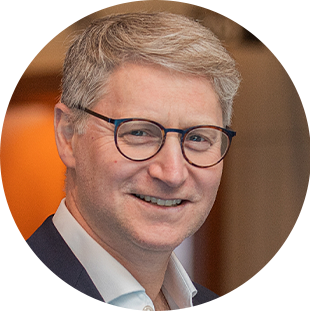Despite delays caused by the COVID-19 pandemic, participating centers for the AO Spine Spinal Deformity Intraoperative Monitoring (SDIM) study have been initiated and patient enrolment is ongoing. The study has also secured important additional funding.
Of the total 23 centers, 21 have obtained ethical approvals, and 13 have started patient recruitment—so far with 183 patients consented. The goal is to enroll 550 patients by 2022.
SDIM is a unique international collaboration between neurophysiologists, anesthetists, and surgeons. The aim is to help surgical teams understand what certain intraoperative neuromonitoring alerts mean during complex spinal deformity surgeries.
"Knowing when an alert is serious or less serious is controversial."
Principal Investigator (PI) Stephen Lewis, with Co-PIs Lawrence Lenke and Nasir Quraishi explain that the study documents the intraoperative maneuvers that are performed in response to alerts in order to determine their success rate in reversing negative neuromonitoring changes.
“Knowing when an alert is serious or less serious or when it’s time to do certain maneuvers to reverse the alerts is controversial. People are not always sure what to do in different situations,” Lewis says. “Sometimes we see the spinal cord threatened by the procedure and small maneuvers—such as giving blood, raising the blood pressure, or releasing some of the correction—may be enough to prevent damage to the spinal cord.”



Due to the nature of spinal deformity surgery, a lot of bending and compression is often involved. This can cause temporary compression issues on the spinal cord. Neuromonitoring is an important tool to help surgical teams understand how the spine reacts under these conditions.
"Currently, a variety of monitoring systems are in use."
Standardization of monitoring systems and reactionary maneuvers is one potential outcome of the SDIM study. Currently there is a variety of different systems in use throughout the world.
SDIM is organized and funded by AO Spine through the AO Spine Knowledge Forum Deformity. Recently, SDIM received grants from the Scoliosis Research Society (SRS) Standard Research Grant, and the British Scoliosis Research Foundation (BSRF) Major Research Grant. The grants supplement the major AO Spine funding with a pilot study and two additional centers.
More information on AO Spine Knowledge Forum Deformity at www.aospine.org/kf-deformity
SDIM ClinicalTrials.gov Identifier: NCT03880292